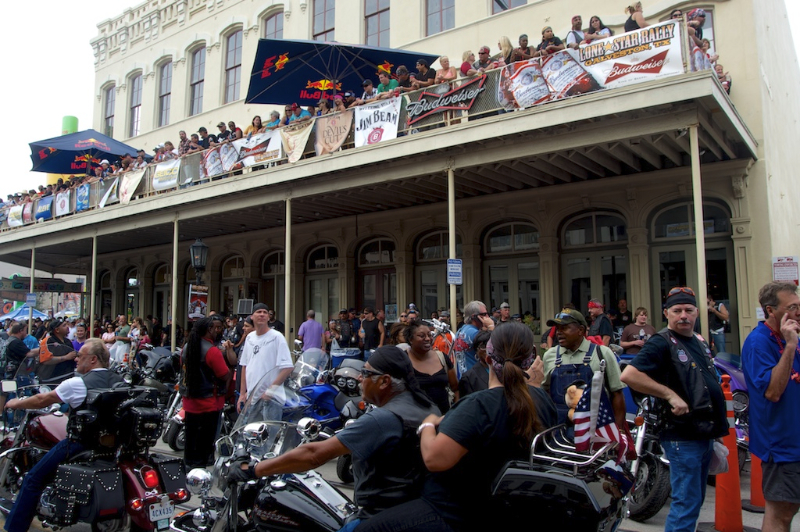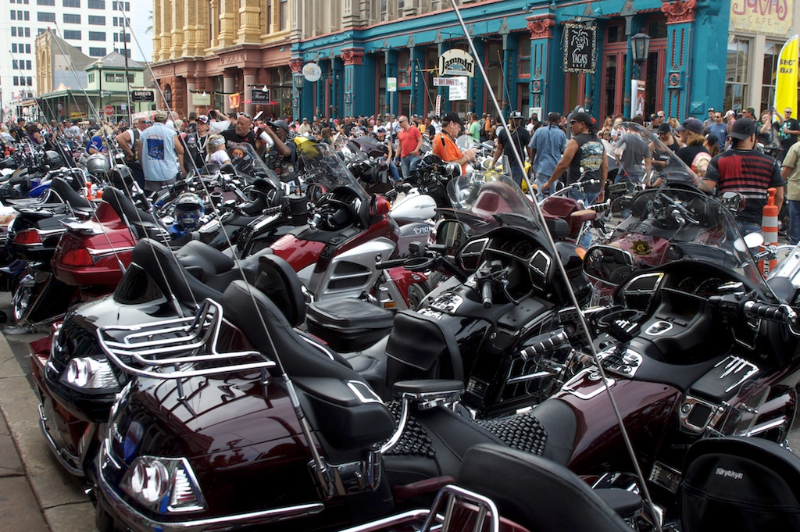My new 85mm f/1.4 lens came earlier this week. It is manual focus and manual aperture. Kind of like going back in time. After focusing on the subject, the viewfinder meter has an exposure indicator, and exposure is controlled by either changing the shutter speed or the aperture. However, this is not even a lens that stops down to the chosen aperture when the picture is taken. When you change aperture, you see the results immediately. So, stopping down makes the image in the viewfinder darker.
This is a “portrait” lens because the wide aperture gives a shallow depth of field. The whole idea of this lens is to focus on one spot and almost everything goes out of focus but that spot.
I went to Indian Spring Park yesterday and took some pictures with it. I was not all that thrilled by them. The truth is, most were not properly focused. Although, the couple that were, had a very sharp focus. So, I went back today. I did a little better. I took about a dozen pictures, and all but two were in really good focus.

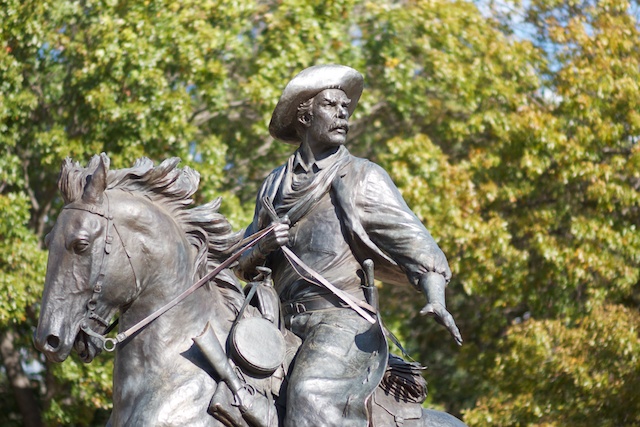
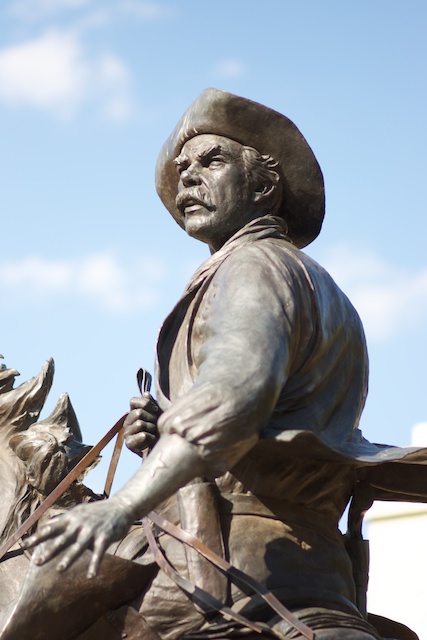
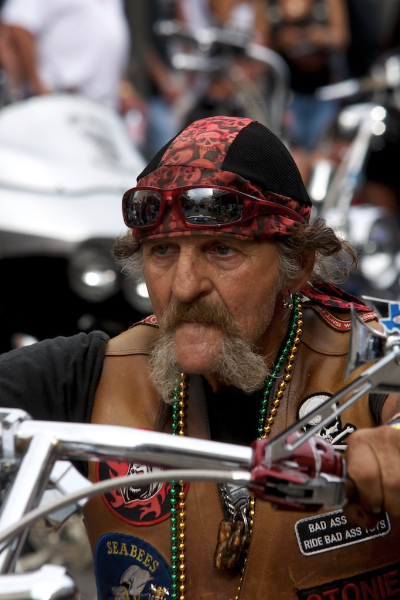
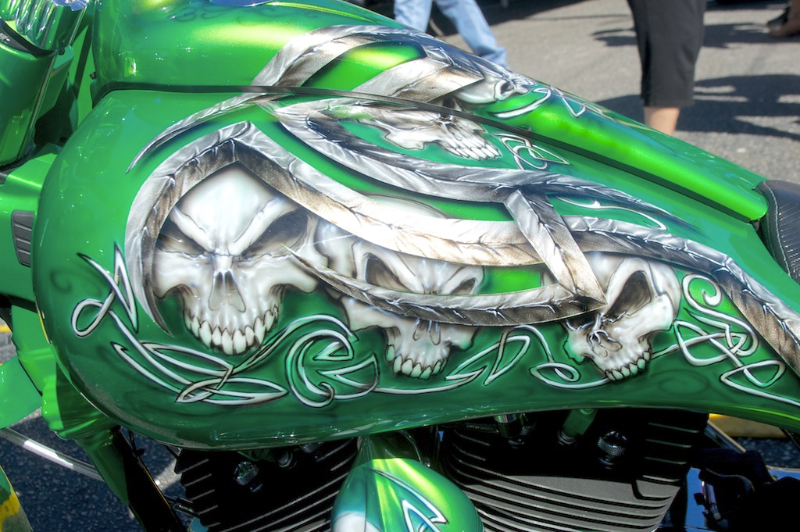
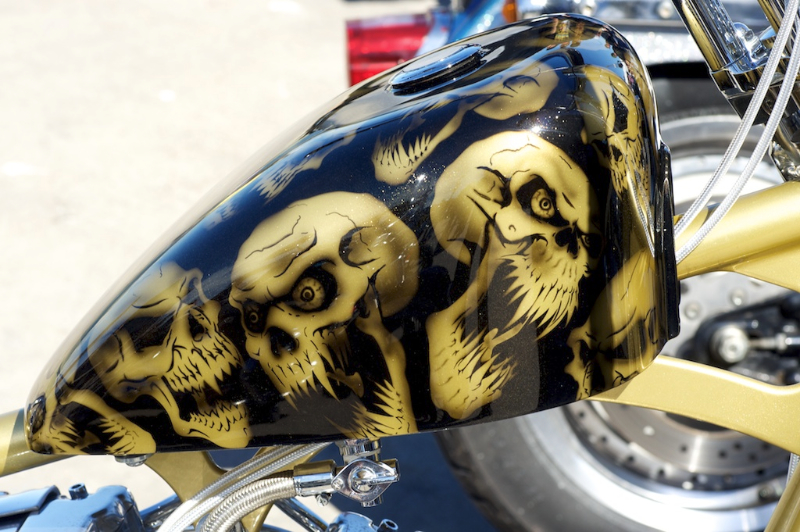
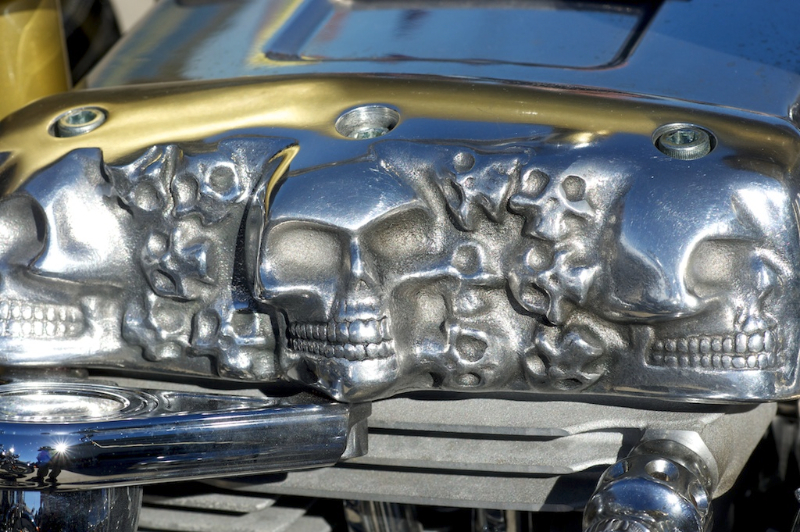
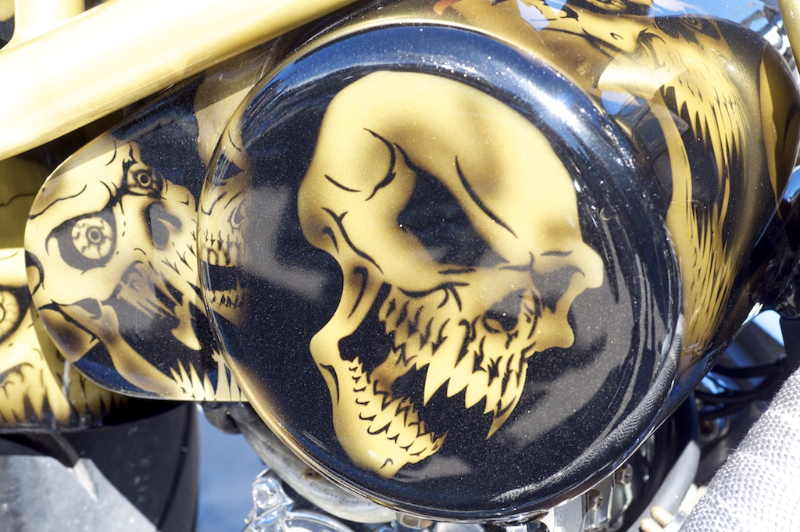
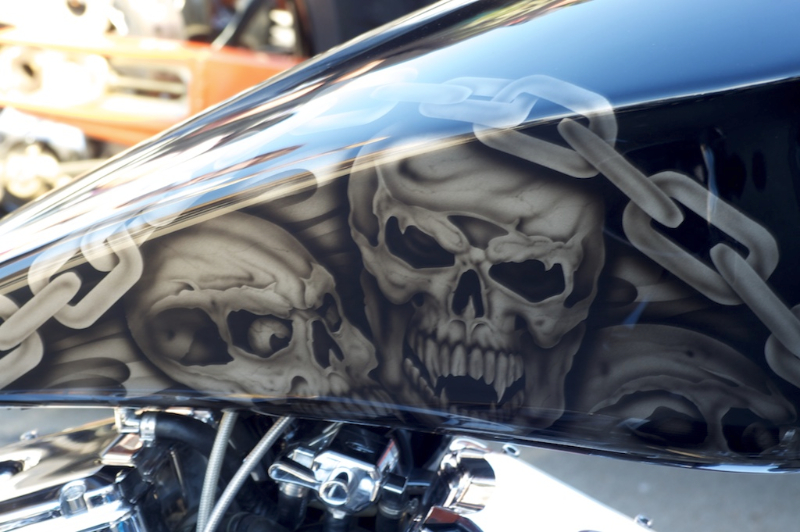
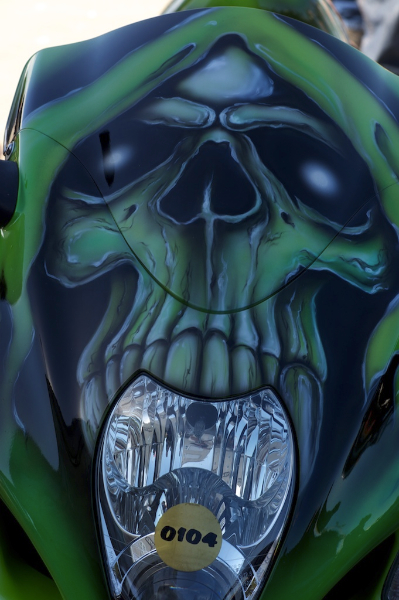
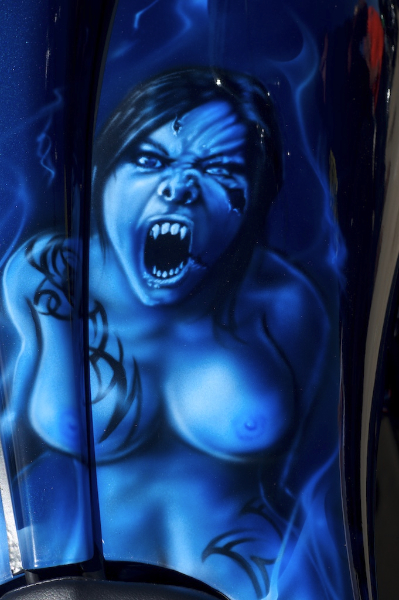
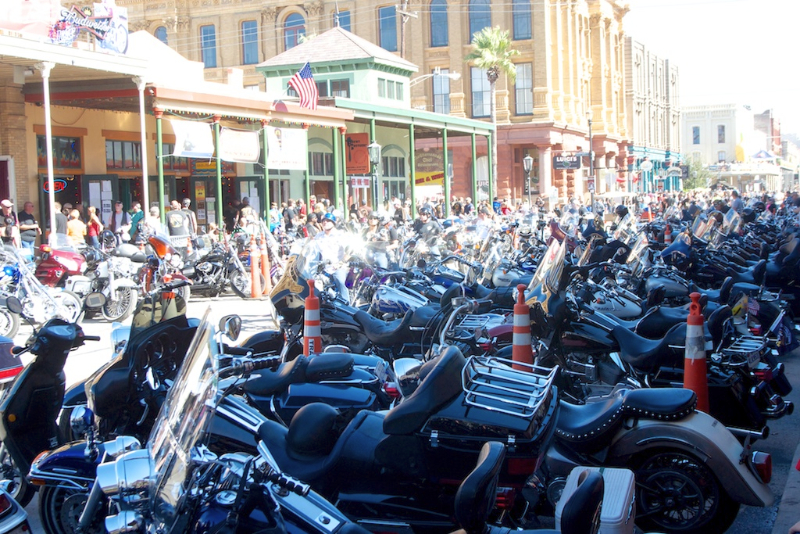 We went to the Lone Star Rally on Saturday. There were probably 200,000 motorcycles there. We got there about noon and stayed until about 3:30. The motorcycles are parked two and three deep all along Strand and Mechanic Streets.
We went to the Lone Star Rally on Saturday. There were probably 200,000 motorcycles there. We got there about noon and stayed until about 3:30. The motorcycles are parked two and three deep all along Strand and Mechanic Streets.